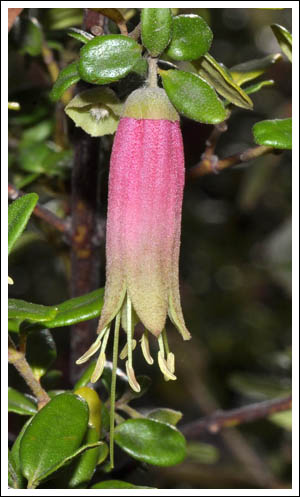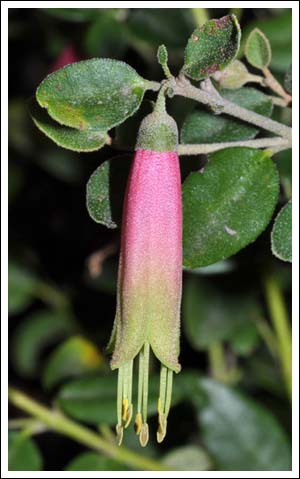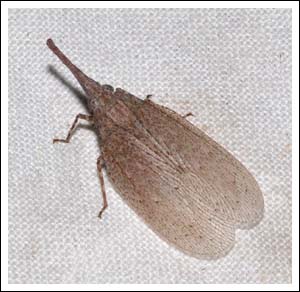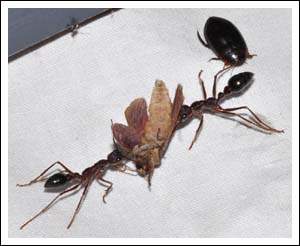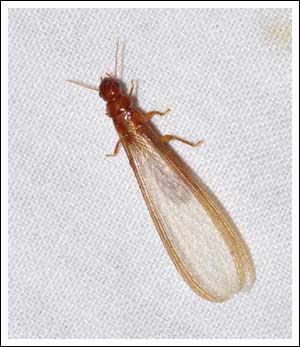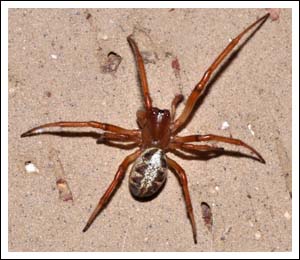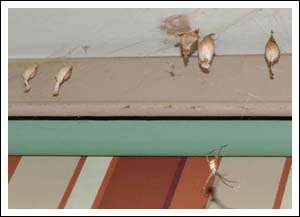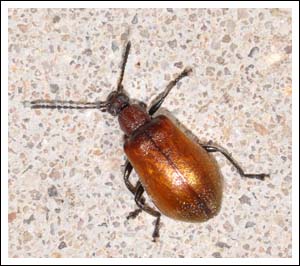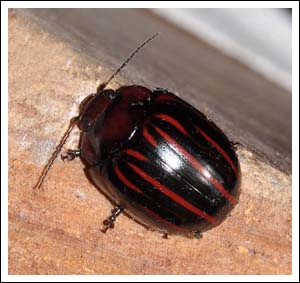It is just under twelve months since the previous Correa post, and since then there have been some new seedlings come into flower. The three oldest plants in the garden are red and green Correa glabra, and a rough-leaf form of Correa reflexa from the Mottle Range. Correa decumbens and Correa Dusky Bells were also in the garden for many years but both are long gone. Seedlings are always appearing, and deducing the the parentage from the flowers and foliage is an interesting exercise. Eastern Spinebills and New Holland Honeyeaters are at present feeding in the correas, and who knows how many new hybrid forms may eventuate from their pollen covered foreheads. Here are photos of the old and the new for the inquiring mind.
Correa glabra, green form.
Correa glabra red form.
Correa reflexa Mottle Range.
The next three hybrids are growing in close proximity to the latter two.
Two plants germinated inches apart at the base of a Grevillea Ned Kelly, the flowers are quite dissimilar.
And here is the newest, a metre or so away from the preceding two.
Grow Correas!
Click to enlarge.




